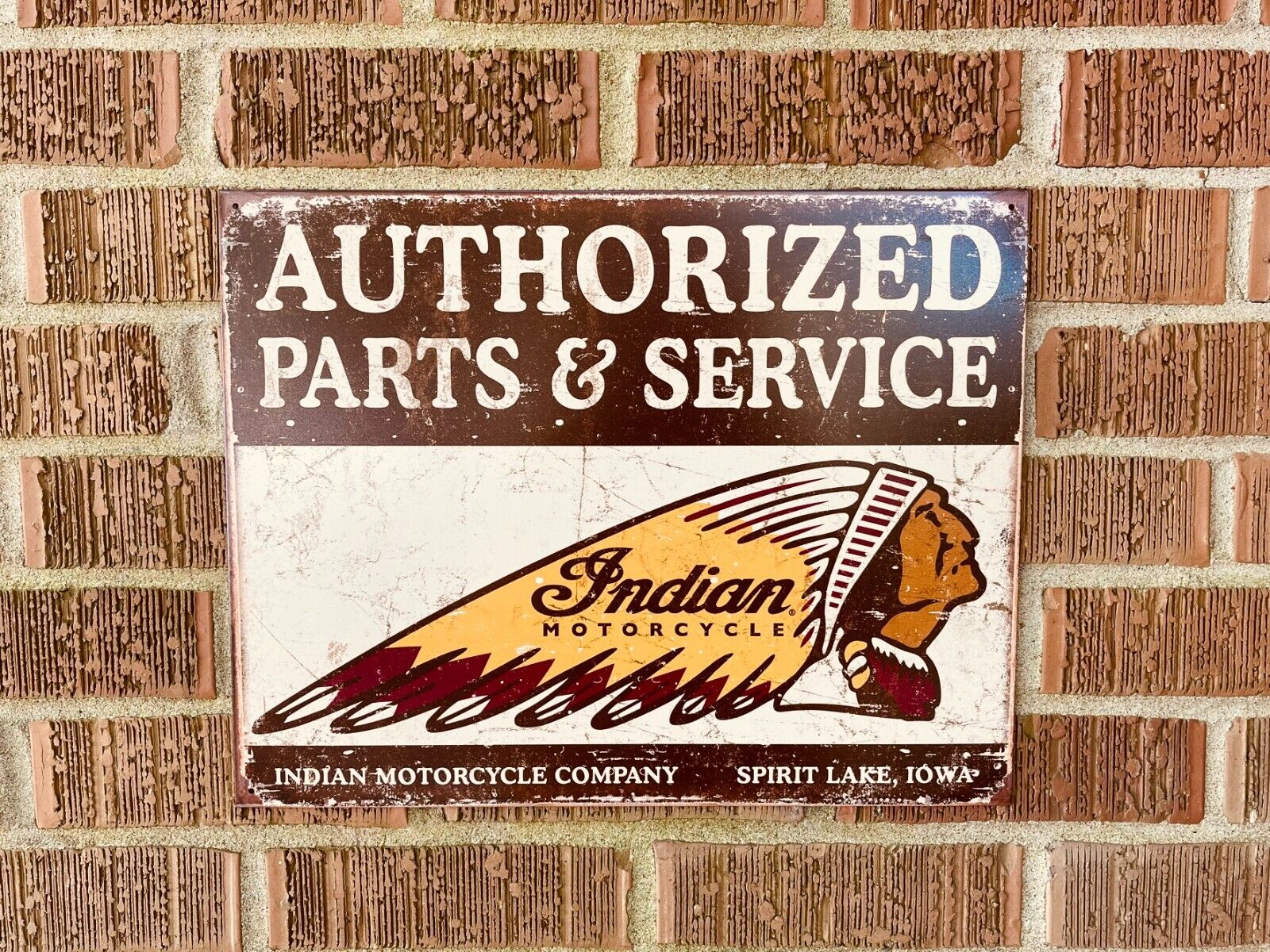-40%
2005 Article: 1912 Indian Boardtrack Racer - 2-Page Vintage Motorcycle Article
$ 7.37
- Description
- Size Guide
Description
2005 Article: 1912 Indian Boardtrack Racer - 2-Page Vintage Motorcycle ArticleOriginal, vintage magazine article.
Page Size: Approx. 8" x 11" (21 cm x 28 cm) each page
Condition: Good
1912 INDIAN the spindly frame and pro-
BOARDTRACK
RACER
Engine: ohv 61 ol in.
Bosch magneto
Top speed: 90-plus mph
portions of this machine illustrate the
historical ties between bicy cles and
motorcycles. Both George Hendee
and Oscar Hedstrom, founders of the
Indian Motorcycle Company, raced
bicycles at one time. Hedstrom also
designed and made bicycles.
At the turn of the century, bicycle boardtrack racing
was a popular spectator sport. Bicycle racers trained
behind motorized pacers, which were some of the earliest
motorcycles. Hedstrom decided to build an improved
pacer. In the process, he patented a carburetor that made
motorcycles far safer and more practical. (The first pacers
vaporized gasoline by boiling it!)
Bicycle racing fans were fascinated by the motorized
contraptions, and it wasn’t long before motorcycle races
were also being held in velodromes. The engineering of
internal combustion motors advanced at breakneck pace,
and motorcycles quickly outgrew shorttracks such as the
one in Madison Square Garden. Promoters
built larger motordromes
across the country. On
steeply banked wooden
tracks up to a
mile long,
motorcycles
raced in
front 6fcrowds that would put contemporary AMA
Superbike attendances to shame.
Despite their impressive power outputs, boardtrack
motorcycles lacked such niceties as brakes or even throt-
tles; they ran wide open all die time, though riders could
retard die spark for the barest level of control.
Turning nearly 100-mph laps and racing close
together on rough wooden tracks made crashes
inevitable. Newspapers started calling the
> •- tracks “murderdromes” after a series of
» horrific accidents claimed fans’ lives. Of
_ course, the risk to spectators paled in
comparison to the risks taken by riders,
who sometimes died of injuries caused
by splinters.
15516









